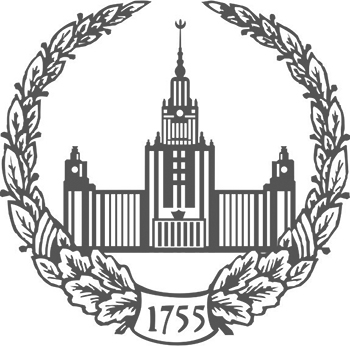ISSN: 2074-8132

ISSN: 2074-8132

Introduction. The purpose of the study is to characterize and to compare the indicators of fat deposition and body composition in groups of urban children and adolescents of the Republic of Mongolia in various living conditions.
Materials and methods. The material for this study was the results of a comprehensive survey of 5 612 Mongolian children and adolescents aged 9-17 years (born and permanently residing in the capital city of Ulaanbaatar). In accordance with the objectives of the study, the body circumferences, the skinfolds, as well as the body mass components evaluated by bioimpedance technique were analyzed.
Results. Based on the obtained statistical parameters of the studied features, as well as on the results of their comparison in the studied groups, it can be concluded that the value of most of the considered indicators in children and adolescents living in apartments is higher than in their peers living in yurts.
Discussion. The increase in body weight in boys living in the apartments, recorded according to the results of our previous work, is associated with an increase in active cell mass, and, as a result, – lean body mass. To a lesser extent, judging by the existing differences, its value is influenced by the fat component. While the parameters of fat deposition show a small number of significant differences, unlike circumferences, it can also be concluded that the variability of the girths is more associated with the development of the muscular component. Similar patterns were obtained for girls. However, in this case they are less pronounced, but also correspond to the previously obtained results.
Conclusion. The general increase in the welfare of the population of Ulaanbaatar and significant improvement in the living conditions of the younger generation, has a positive effect on the youth physical development, primarily due to a more pronounced increase in the metabolically active components of body weight. This may be considered as an important reflection of the socio-political processes taking place in the country. © 2024. This work is licensed under a CC BY 4.0 license
Introduction. The purpose of the study is to characterize and to compare the indicators of morphofunctional characteristics in groups of adult population of the Republic of Mongolia in various ecological zones.
Materials and methods. The material for this study was collected in the extensive survey of the adult Mongolian population (1941 individuals; 1047 males, 894 females) born and permanently residing in Ulaanbaatar and various ecological zones of rural regions of the country. In accordance with the objectives of the study, total body dimensions, as well as functional parameters (including the hand grip strength, respiratory and hemodynamic systems’ characteristics) were analyzed.
Results and discussion. Similarly, as it was recorded earlier for children, the maximum average values of total body dimensions were noted for individuals of both sexes living in the city and the mountain taiga zone, the minimum - for residents of the steppes. The statistical reliability of the differences obtained, however, was confirmed only in the male groups, which does not contradict the results of other studies. Intergroup differences in the values of functional indicators clearly manifest themselves for the grip strength of both hands in men: representatives of the steppe zone have the maximum values of the grip strength of the right hand compared to the residents of other areas. In the groups of women, urban dwellers have significantly lower values blood pressure (compared to the residents of steppe regions with maximum values of the indicator). It may be interpreted as a conclusion that high–altitude hypoxia does not have a decisive effect on blood pressure, or as a reflection of some specific adaptation patterns of the surveyed population.
Conclusion. In case of male groups, morphological characteristics turned out to be the least tolerant to climatic influences; in the case of female groups, greater stability of somatic status was revealed with a slight shift in blood pressure. The results obtained may reflect the specifics of Mongolian groups, on the one hand, living in extreme climatic and geographical conditions, on the other, being exposed to a range of socio-economic changes that have a cumulative effect on the somatic status of the population, which manifests itself specifically in different age groups.
Acknowledgements. The study was conducted under the state assignment of Lomonosov Moscow State University. Research was carried out under partial support of MSU Shared Research Equipment Center “Technologies for obtaining new nanostructured materials and their complex study”, National Project "Science" and MSU Program of Development. The authors express their gratitude to the staff of the Department of Sports Rehabilitation and Medicine at the Mongolian National Institute of Physical Education, as well as to all the examined individuals.
